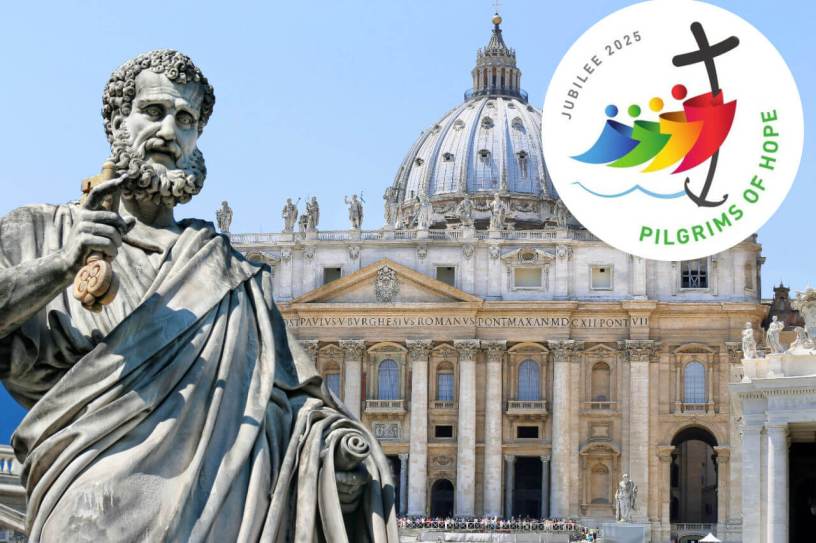Buongiorno and welcome to RomeCabs Rome Travel Blog! A Jubilee is a celebration or event that traditionally marks a significant anniversary or moment of renewal. While it can refer to various forms of commemorations across different contexts—be it royal, corporate, or societal—the term has profound roots in religious practices.
In the Biblical context, the Jubilee represents a year of restoration and social justice. It emphasizes themes such as debt forgiveness, land restoration, and the equitable redistribution of resources. In the Catholic Church, Jubilee years are moments of spiritual reflection, penitence, and grace, encouraging believers to renew their faith and commitment to God.
.
The Origin of Jubilee: From Biblical Roots to Modern Times
.
The Biblical Jubilee was not just an economic and social event—it was deeply rooted in religious and theological principles. The concept of the Jubilee has roots stretching back to the ancient laws of Israel, as described in the Old Testament, specifically in Leviticus 25:8-55. In this passage, God instructed Moses to implement the practice of Jubilee, occurring every 50 years. This period was one of great religious and social significance, centered around principles of restoration, justice, and equality.
The Hebrew term “yobel” (meaning ram’s horn) symbolized this event. The Jubilee began with the sound of a ram’s horn, a clarion call to announce that the year of restoration and freedom had arrived. The horn’s sound signified liberation, renewal, and the end of oppression.
.
Key Practices of the Biblical Jubilee:
.
Debt Forgiveness: All debts were to be forgiven during the Jubilee year. This was a powerful act that helped prevent generational poverty and allowed families to regain their financial footing.
Freedom for Enslaved Individuals: Any Israelites who had been sold into servitude, often as a result of debt, were to be freed during the Jubilee. This practice not only liberated individuals but also reinstated their dignity and independence.
Land Restoration: Land that had been sold to pay debts was to be returned to its original family owners. This was particularly significant in an agrarian society, where land ownership was crucial for survival and prosperity.
No Sowing or Reaping: The land itself was to rest during the Jubilee, mirroring the Sabbath rest of individuals and serving as a reminder that the earth and all it produced were ultimately under God’s control.
This 50-year cycle was not just a social and economic reset but also a spiritual observance, emphasizing that all resources ultimately belong to God.
.
Key Practices of the Catholic Jubilee
.
The Catholic Church adapted the Jubilee concept, particularly through the influence of Pope Boniface VIII, who declared the first Holy Jubilee in 1300. Initially designated as a celebration occurring every 100 years, the frequency was later adjusted to every 25 years. This adaptation served several purposes:
Spiritual Renewal: Jubilee years in the Catholic Church emphasize penitence and spiritual growth. They provide opportunities for the faithful to reflect on their lives, engage in acts of charity, and seek reconciliation.
Pilgrimage and Indulgences: These years are often marked by pilgrimages to holy sites, particularly Rome, where the faithful can receive plenary indulgences—remissions of the temporal punishment due for sins.
.
How Often is Jubilee Celebrated?
.
The concept of Jubilee has profound roots in both the Biblical and Catholic traditions, each with its unique significance and frequency of observance.
.
Biblical Jubilee – Every 50 Years
In the Biblical context, the Jubilee is celebrated every 50 years, as outlined in the Book of Leviticus. This ancient practice serves several critical purposes that go beyond mere timekeeping. The 50-year cycle is designed to maintain societal balance by preventing the accumulation of wealth and power in the hands of a few. During this sacred time, debts are forgiven, lands are restored to their original owners, and individuals who have been enslaved due to financial hardship are set free. This restoration not only alleviates individual burdens but also fosters a sense of community and social equity.
The act of returning land to families emphasizes the importance of heritage and identity within the community. It is a powerful reminder that resources are a shared blessing, ultimately belonging to God. The Jubilee’s significance transcends economics; it also carries profound spiritual meaning, reflecting God’s grace and mercy. It invites individuals to reconnect with their faith, their community, and their identity, creating a holistic experience of restoration.
.
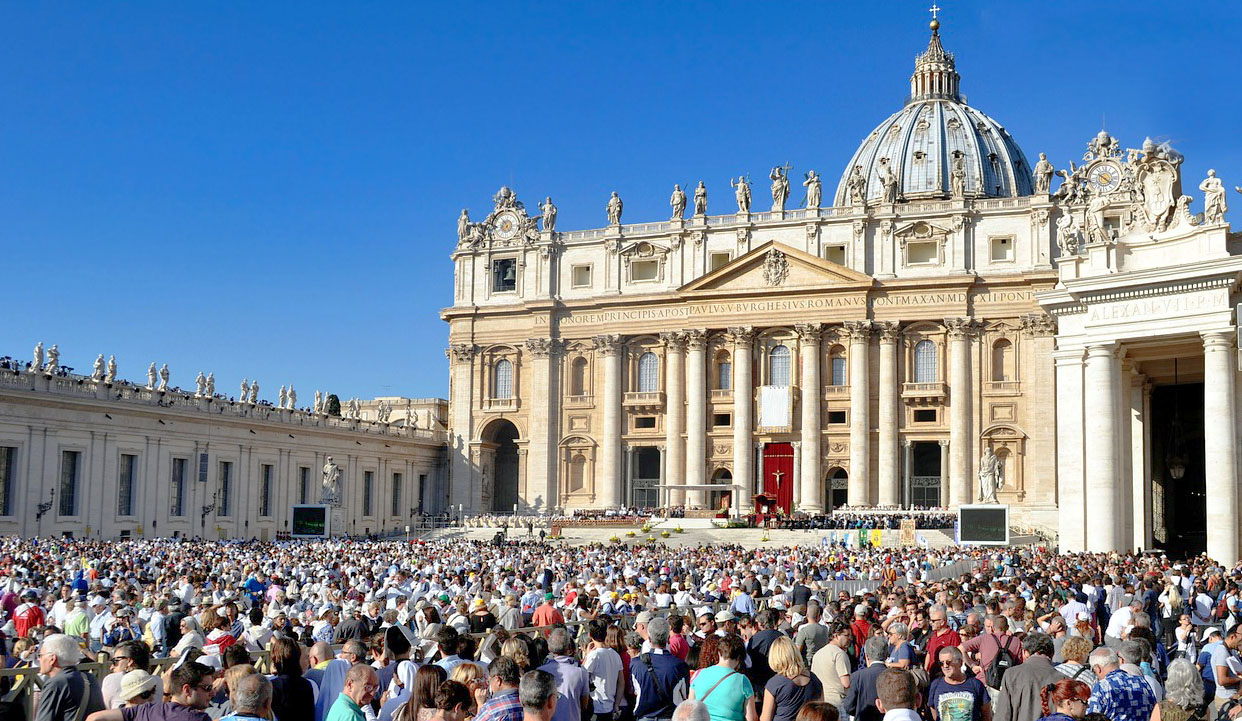
.
Catholic Jubilee – Every 25 Years
Moving to the Catholic tradition, the Holy Jubilee occurs every 25 years. This observance was first established by Pope Boniface VIII in 1300 and has evolved to include both regular and extraordinary Jubilees. The 25-year interval provides frequent opportunities for spiritual reflection and renewal, allowing each generation of Catholics to engage in this significant event. It serves as a reminder of the importance of continuous personal and communal spiritual growth.
In addition to the regular Jubilee, the Catholic Church can declare Extraordinary Jubilees for specific themes or occasions. For instance, the Extraordinary Jubilee of Mercy, proclaimed by Pope Francis from 2015 to 2016, centered on the themes of compassion and forgiveness. During this time, the Pope encouraged acts of charity and reconciliation, urging the faithful to embody mercy in their daily lives.
Celebrations during Jubilee years often include pilgrimages to sacred sites, especially Rome, where believers engage in communal prayer and reflection. These pilgrimages foster a sense of unity and belonging among Catholics worldwide. Additionally, the Church grants plenary indulgences during these years, which allow believers to reduce their time in purgatory. This encourages acts of devotion and charity, reinforcing the spiritual dimension of the Jubilee.
Both the Biblical and Catholic Jubilees highlight the importance of restoration, justice, and spiritual renewal. The 50-year cycle of the Biblical Jubilee focuses on social equity and the equitable distribution of resources, while the 25-year cycle of the Catholic Jubilee emphasizes personal and communal spiritual growth. As discussions around justice, equality, and spirituality continue to evolve in modern society, the principles of Jubilee offer timeless insights and guidance for navigating contemporary challenges.
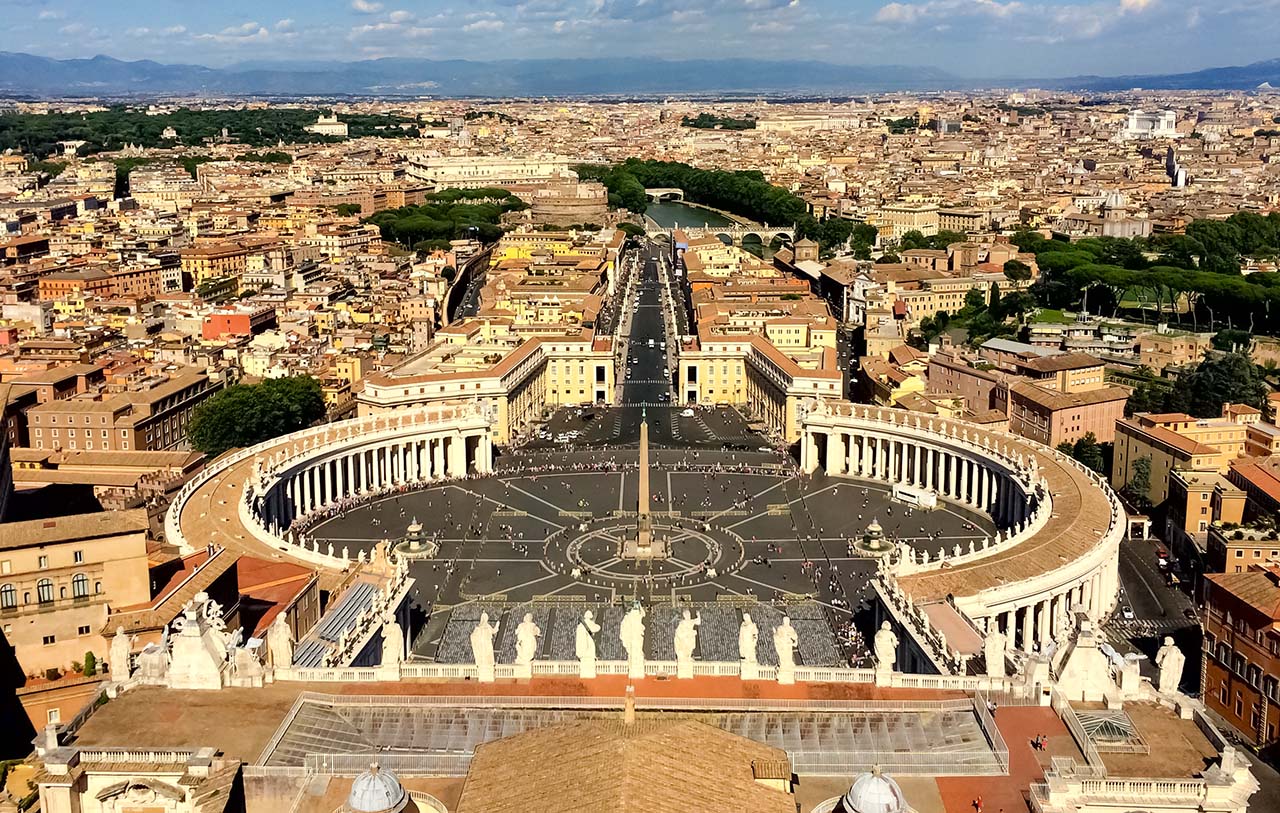
Why the Jubilee Concept Remains Relevant Today
Spiritual Renewal in the Catholic Church: The Catholic Jubilee continues to hold profound significance as a time for reflection, repentance, and renewal. The emphasis on spiritual growth and the call to engage in charitable acts allow individuals to deepen their faith and commitment to social responsibility.
Cultural and Historical Significance: The Jubilee serves as a reminder of the importance of community, compassion, and the responsibility to care for one another. Celebrating Jubilee years can inspire societies to reflect on their histories, acknowledge past injustices, and work toward healing and reconciliation.
Global Connection: As societies become increasingly interconnected, the concept of Jubilee fosters a sense of global unity and shared purpose. Events like the Catholic Jubilee attract pilgrims from around the world, highlighting the universal themes of hope, renewal, and the quest for justice that transcend cultural boundaries.
.
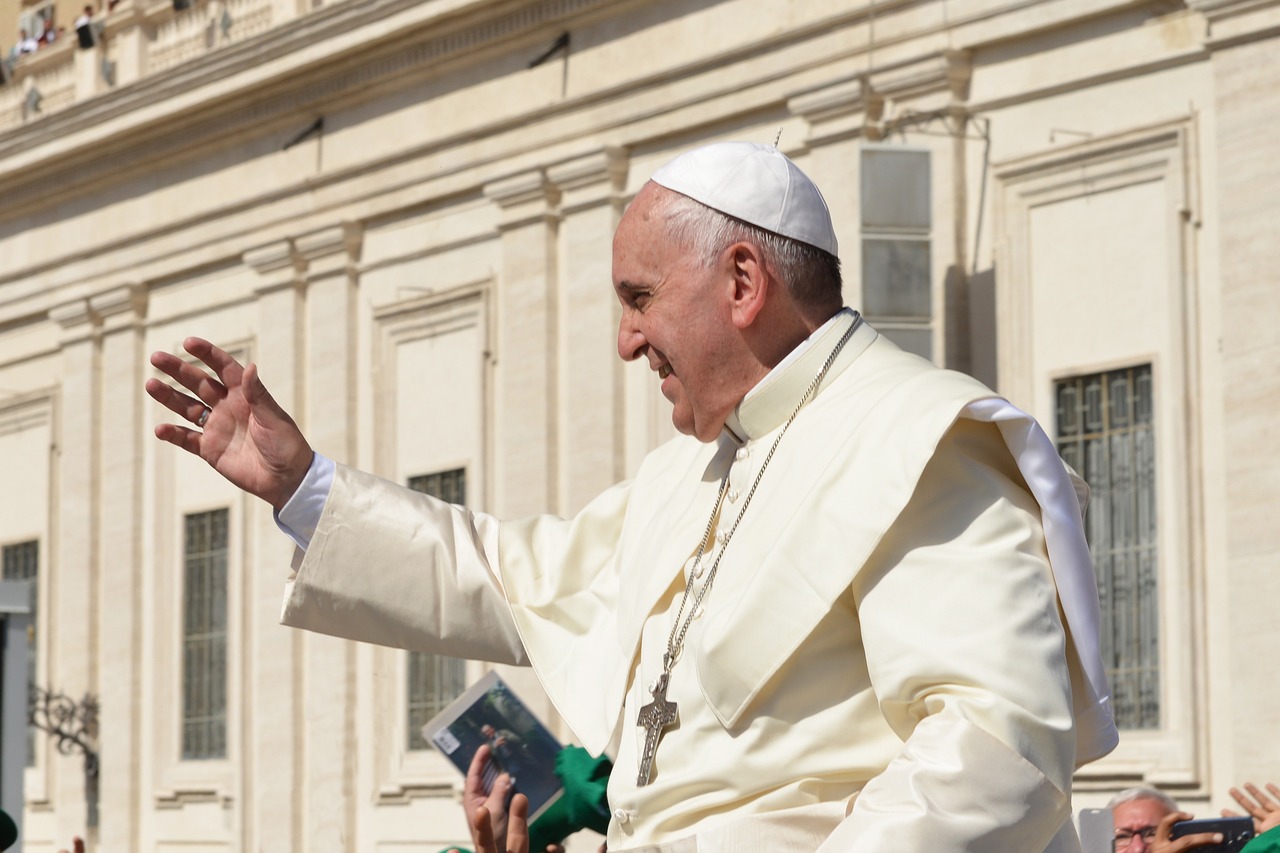
.
From Biblical roots as a symbol of justice and restoration to its modern use as a royal milestone or organizational celebration, the Jubilee is a powerful tradition that continues to evolve. By understanding the depth, history, and meaning behind this term, we can appreciate its enduring relevance in today’s fast-changing world. Whether you’re celebrating a Jubilee in your own life or observing a national or corporate one, it’s a moment to pause, reflect, and look forward with optimism.
.
What to Expect in Rome for Jubilee 2025
.
As we look ahead to the Jubilee Year of 2025, pilgrims planning to visit Rome should prepare for a remarkable spiritual journey filled with opportunities for reflection, worship, and community. However, with the expectation of large crowds, especially at key sites like the Vatican and major churches housing the Holy Doors, it’s essential to approach your pilgrimage with practical considerations in mind. Here’s a guide to help you navigate the Jubilee experience effectively.
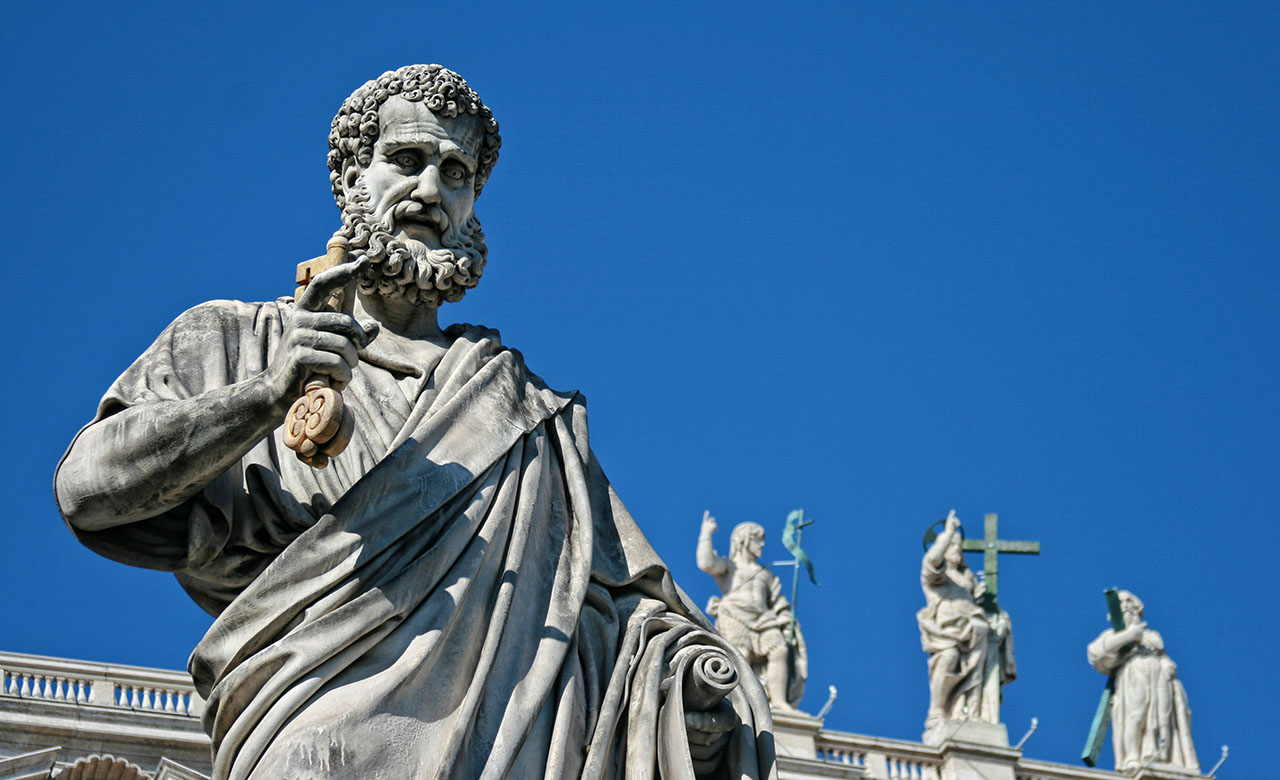
1. Plan Your Trip to Rome Early
Given the anticipated influx of visitors for the Jubilee Year of 2025, early planning is crucial to ensure a smooth and fulfilling pilgrimage experience. With millions expected to travel to Rome, particularly during peak periods like Easter and special papal events, it’s wise to get ahead of the crowd.
.
Book your Accommodations in Rome in Advance
Start by booking your accommodations as soon as possible. Hotels and hostels in the Vatican area and nearby neighborhoods, such as Trastevere and Prati, will fill up quickly. Prices tend to rise as the event date approaches, so securing your stay early can save you money and ensure you have a comfortable place to rest after a long day of activities. If you’re open to commuting, consider looking for accommodations a bit further from the city center. Neighborhoods like San Giovanni, Testaccio, or even nearby towns like Ostia or Frascati might offer more availability at competitive prices. These areas can also provide a taste of local life away from the tourist hustle.

Plan in advance your Transportation in Rome
Along with your lodging, it’s essential to think about transportation to/from and within Rome. The city’s public transportation system, including buses and the metro, is not always efficient, but it can also become more crowded during the Jubilee.
Airport Transfers: Research transportation options from the airport to your accommodation.
Options such as taxis, and rideshare services like Uber, may not be readily available on busy days, and Uber hikes their rates dramatically when demand is high. So plan ahead and book your Rome transfers early to secure them.
Finally, take time to outline your itinerary. While flexibility is essential, having a rough plan can help you maximize your experience during the Jubilee. Identify key events you want to attend, such as special Masses, papal audiences, or visits to Holy Doors, and map out the churches and sites you wish to visit.
.
2. Know the Major Holy Doors in Rome
.
During the Jubilee Year of 2025, pilgrims will have the unique opportunity to walk through several Holy Doors throughout Rome, each symbolizing an invitation to experience God’s mercy and grace. These doors are integral to the Jubilee tradition, offering moments for reflection, prayer, and spiritual renewal. Here’s an overview of the key Holy Doors you won’t want to miss:
.
St. Peter’s Basilica
The most significant of all Holy Doors is located at St. Peter’s Basilica, the heart of the Catholic Church. Opened by the Pope, this door is a powerful symbol of Christ’s mercy and the Church’s role in extending forgiveness and grace. Pilgrims are encouraged to approach this door with prayerful intention, reflecting on their own journey of faith. Given the centrality of St. Peter’s in the Jubilee celebrations, expect large crowds, particularly during special Masses and events. Arrive early to secure a good spot and take your time in prayer before entering.
.
Basilica of St. John Lateran
Another essential Holy Door can be found at the Basilica of St. John Lateran, the official ecclesiastical seat of the Pope. This basilica, known as the “Mother of All Churches,” holds great historical and spiritual significance. Walking through its Holy Door offers a profound experience, as it represents the unity of the Church and the pastoral care of the Pope for his flock. Given its importance, this site will also attract many pilgrims, making it wise to plan your visit accordingly.

Basilica of St. Paul Outside the Walls
The Basilica of St. Paul Outside the Walls is another significant Holy Door that offers a chance to honor one of Christianity’s most important figures. As the burial site of St. Paul, this basilica carries a profound spiritual weight. Entering through its Holy Door is a reminder of the transformative power of faith and the importance of being open to God’s call. The tranquil atmosphere surrounding this basilica provides a perfect backdrop for personal reflection and prayer.
Basilica of St. Mary Major (Santa Maria Maggiore)
The Basilica of St. Mary Major (Santa Maria Maggiore) houses the third Holy Door. This basilica is renowned for its beautiful mosaics and rich history, dedicated to the Virgin Mary as the Mother of God. Pilgrims entering through this Holy Door are invited to reflect on Mary’s role in salvation history and her intercession for humanity. This site often features various liturgical events and opportunities for prayer, making it a wonderful place to spend time in contemplation.
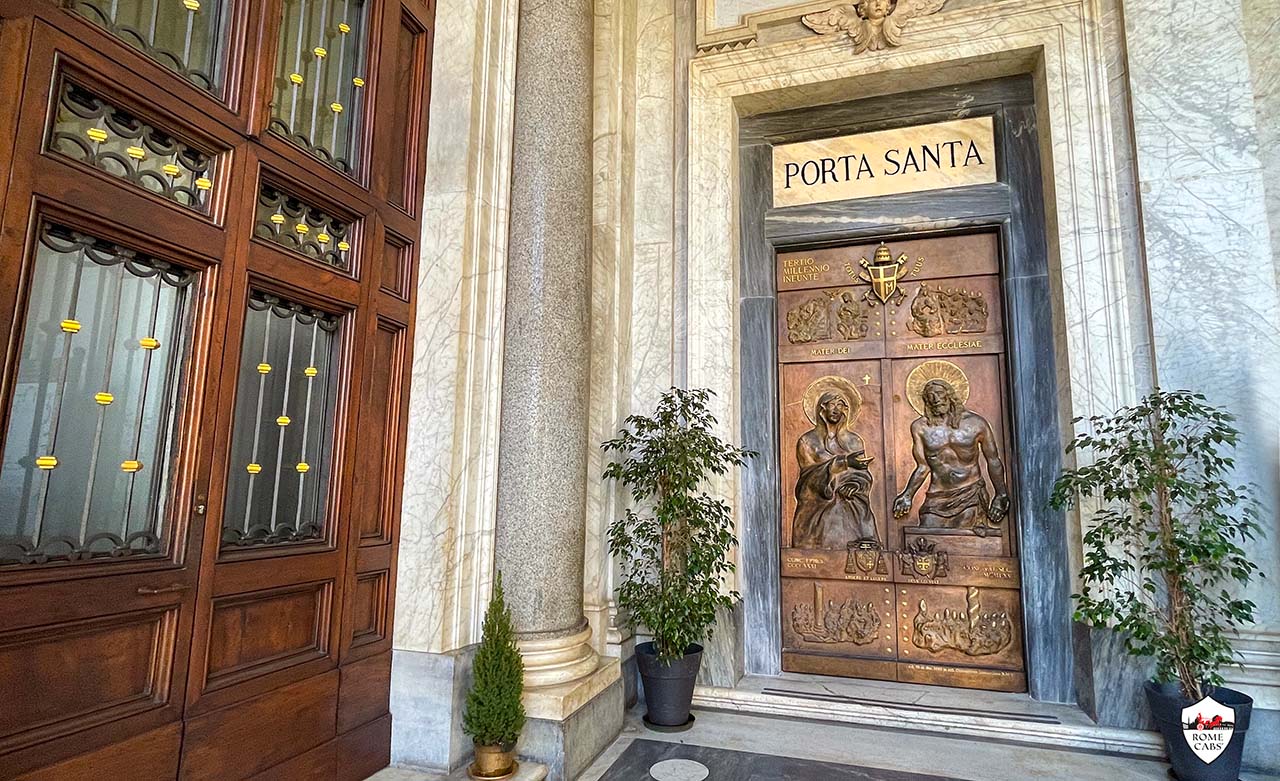
Planning Your Church Visits in Rome
Given the spiritual significance of these Holy Doors, make a plan to visit several throughout the Jubilee Year. Each door offers a unique experience of grace, so allow yourself the time to meditate and pray at each location. It’s advisable to prioritize your visits, especially to St. Peter’s Basilica, where large crowds are expected.
When planning your visits, consider the following tips:
- Check Event Schedules: Before you go, look up the schedules for Masses and special events at each basilica. Participating in a liturgy can enhance your experience as you enter through the Holy Door.
- Timing is Key: Early mornings and weekdays may offer quieter moments to visit, while weekends may be more crowded. Flexibility in your schedule will allow you to maximize your time at these sacred sites.
.
3. Arrive Early for Key Events
.
To fully immerse yourself in the spiritual activities of the Jubilee Year of 2025, particularly those led by Pope Francis, it is essential to arrive early at event locations. This preparation is crucial, especially for major Masses and papal audiences, where space is often limited and demand is high. Here are some enhanced tips to ensure you make the most of these unique experiences:
For significant events, aim to arrive several hours ahead of the start time. This strategy is particularly important for papal audiences and major liturgies, where thousands of pilgrims will gather. Arriving early not only allows you to secure a good spot but also gives you time to acclimate to the surroundings and engage in personal prayer or reflection.
- Early Mornings: Early morning arrivals can provide a quieter atmosphere, allowing you to soak in the sacredness of the environment before the crowds arrive.
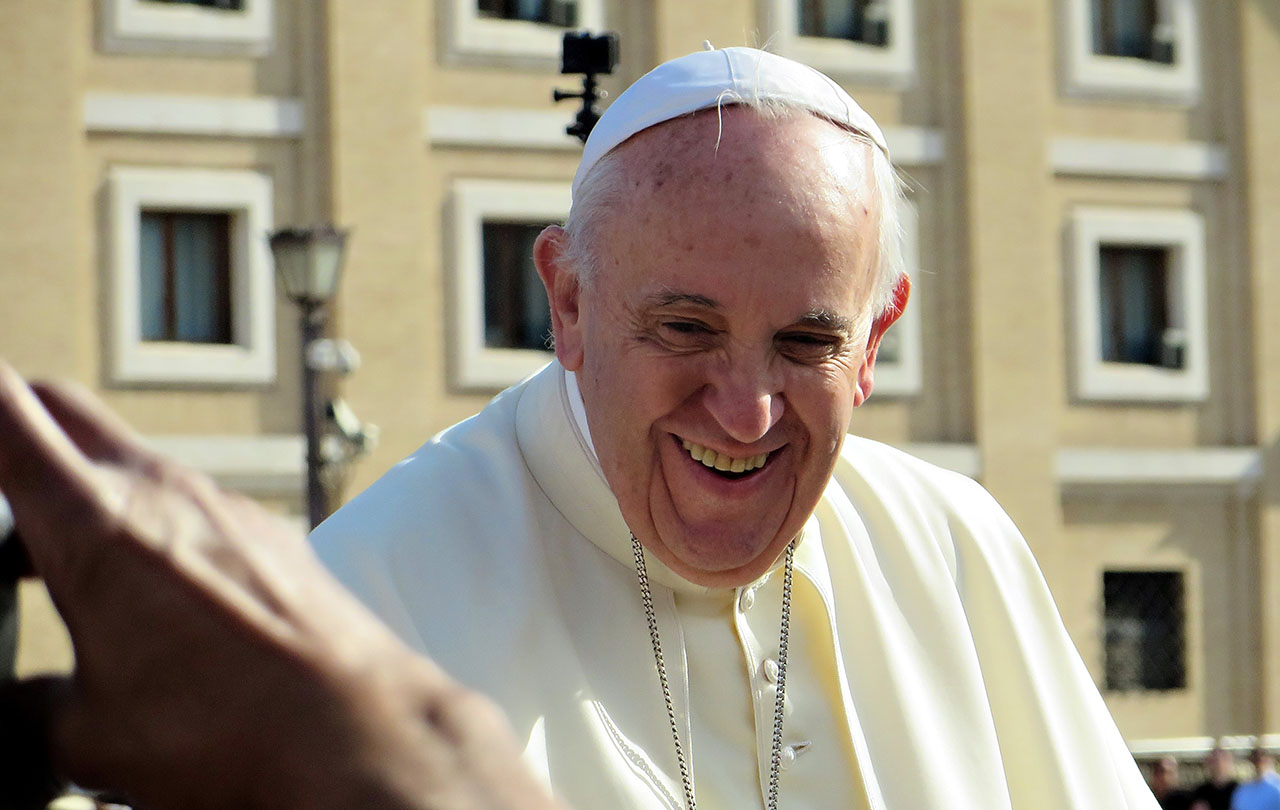
Prepare for Security Checks
Be prepared for security checks, especially at major venues like St. Peter’s Basilica. This means allowing extra time for potential delays. Familiarize yourself with the security guidelines to expedite the process.
- Minimal Packing: Carry only what you need, as larger bags may not be permitted. Consider wearing comfortable clothing and shoes, as you may be standing or walking for extended periods. Do not bring sharp objects like scissors or swiss knives as they will not be permitted.
.
4. Be Prepared for Huge Crowds in Rome during Jubilee 2025
.
As the Jubilee Year of 2025 approaches, it’s essential to prepare for the significant influx of pilgrims and visitors that will converge on Rome for the celebrations. With thousands of people gathering for events, particularly at iconic locations like St. Peter’s Basilica and the Holy Doors, being prepared to navigate large crowds will greatly enhance your experience.
Here are some additional tips to help you manage the bustling atmosphere effectively:
.
Stay Hydrated and Comfortable
One of the most critical aspects of navigating large crowds is maintaining your physical well-being. Here’s how to ensure you stay comfortable throughout your pilgrimage:
- Carry Water Bottles: Bring a reusable water bottle with you, as staying hydrated is vital, especially if you’ll be spending long hours outdoors. Many public areas in Rome offer water fountains (nasoni) where you can refill your bottle throughout the day.
- Dress for Comfort: Wear comfortable clothing that allows for movement and is appropriate for both the weather and the spiritual nature of the events. Lightweight, breathable fabrics are ideal for warmer months, while layers can help if the temperatures drop.
- Opt for Supportive Footwear: Since you may be on your feet for extended periods, choose supportive shoes that provide comfort for walking and standing. Breaking in new shoes before your trip can help prevent blisters and discomfort.
.
Maintain a Flexible Schedule in Rome
With large gatherings come potential delays, so maintaining a flexible schedule is crucial to your experience. Here are some tips to help you adapt to the dynamic environment:
- Allow for Extra Time: When planning your itinerary, factor in additional time for travel between sites and for waiting in lines. This flexibility will help reduce stress and ensure that you don’t miss out on key events.
- Be Open to Spontaneity: The Jubilee will be filled with unexpected moments of grace and connection. If you encounter an impromptu prayer service or a small gathering that resonates with you, consider adjusting your schedule to participate.
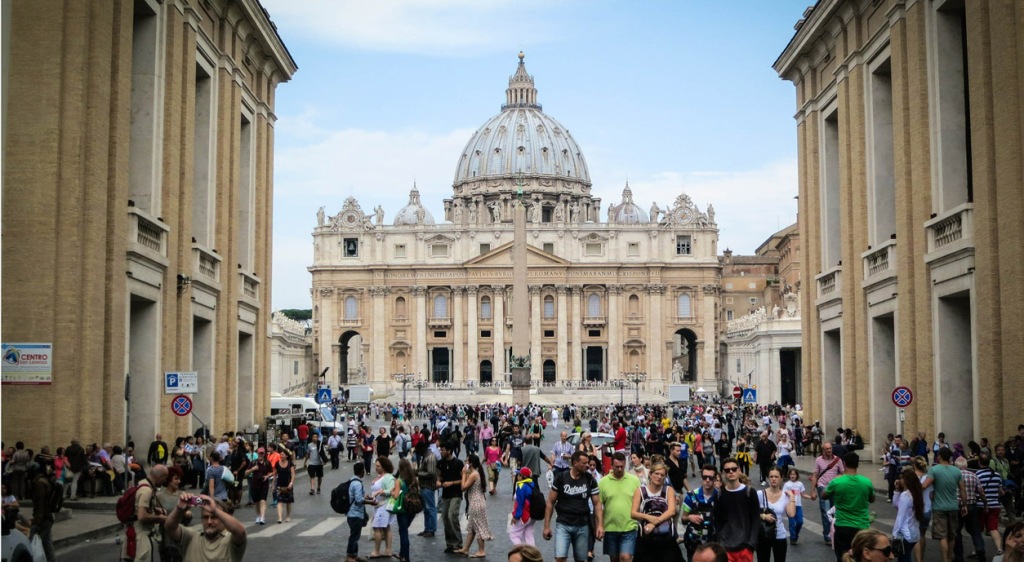
Stay Connected and Informed
Stay connected with the latest updates regarding events and services throughout the Jubilee Year. Follow the official Vatican website and social media channels for announcements and schedules. Mobile apps that provide maps, local event listings, and translations can also be very helpful in navigating the city and its offerings.
The Jubilee Year of 2025 in Rome promises to be a deeply enriching and transformative experience for all pilgrims. By planning ahead and preparing for the challenges of large crowds, you can ensure that your pilgrimage is both spiritually fulfilling and logistically manageable. Embrace the opportunity to encounter God’s mercy and grace in a vibrant, communal atmosphere, and allow this sacred time to inspire you long after your visit to Rome.
The Jubilee is a rich and multifaceted concept rooted in Biblical tradition and embraced by the Catholic Church. It signifies moments of reflection, restoration, and renewal—both in personal and communal contexts. As societies continue to grapple with issues of social justice, economic inequality, and spiritual growth, the principles embodied in the Jubilee remain as relevant today as they were thousands of years ago. Whether celebrated as a sacred event, a call for social equity, or a moment of spiritual renewal, the Jubilee invites individuals and communities to pause, reflect, and recommit to creating a more just and compassionate world.
* Find RomeCabs online also on:
- RomeCabs FACEBOOK
- RomeCabs PINTEREST
- RomeCabs TWITTER
- RomeCabs INSTAGRAM
- RomeCabs FLICKR Photo Gallery
- RomeCabs Recommended on Cruise Critic
.
.
.
.
